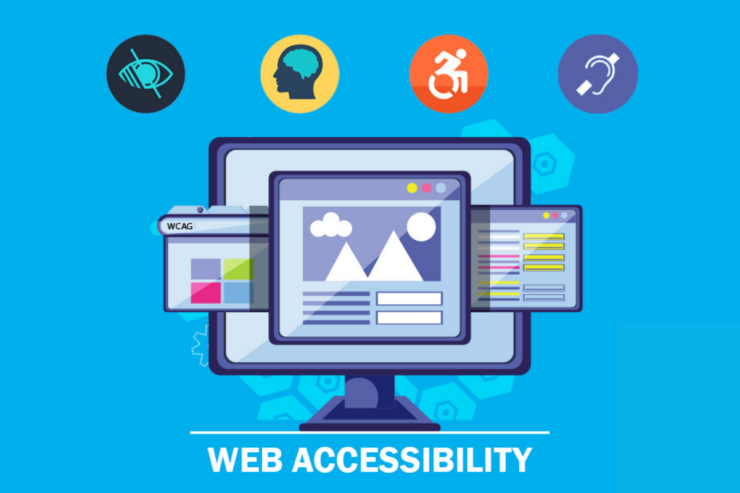There are millions of websites sharing information about all sorts of things and have become a vital source of information. Websites are created by businesses and organizations to spread awareness of their brand and what they have to offer.
The design and content of the website are accessible for all people, including people with motor or cognitive disabilities. A lot of websites are created with tools that have accessibility barriers making it hard for some people to use them.
Levels of Web Content Accessibility Guidelines
The current accessibility guidelines have been in place since 2008 and are going to be relevant for many years to come. The standards provided offer the perfect guide to understanding the basics of creating an accessible site.
The three levels of WCAG 2.0 guidelines are as follows
- Level A deals with the most basic features of accessibility of a website.
- The Level AA is concerned with the most common and biggest accessibility challenges faced by people with disabilities.
- Level AAA handles most of the highest levels of web accessibility that is too complex.
For most websites Level AA and a little bit level, AAA is an excellent target because not all of the highest level guidelines are suitable for all websites.
One issue with a three-tier structure is that website owners know that they are not going to achieve level AAA so they do not even try to look at the guidelines to see if there is any useful tip for improving the accessibility.

Website Accessibility Standards
Making web accessibility a priority is not just beneficial for the users but also for the businesses. There were some international web standards defined to make sure everyone gets to enjoy the freedom of accessing websites.
Principles of Web Content Accessibility
Web accessibility is designed around principles instead of technology. It allows it to establish an ethical statement along with a guide.
The Web accessibility standards are built on four basic principles that are
- Perceivable
- Operable
- Understandable
- Robust
Understanding these four principles is the key to ensuring your website satisfies all the accessibility standards.
Perceivable
The principle is concerned with the different senses people use while surfing the internet. There are going to be visitors who may have difficulty using one of their senses, making it hard for them to browse through the website. They have to rely on assistive technologies to overcome the challenge of accessing the website.
The guidelines of accessibility can assist with senses of touch, sight, and sound. The latest guidelines are about barriers caused by these disabilities By following the guidelines by WCAG 2.0 you can remove the sensory hurdles of the website and improve its accessibility.
Operable
The operable principle focuses on the actions people take while browsing the website. It focuses on different ways people use to search and explore the web. Some of the website users may suffer from motor difficulties which means they have trouble using a mouse to explore the website and only use a keyboard.
To make a website operable is to ensure that it offers excellent keyboard-only navigation. The users must be able to navigate the entire website and fix errors on the forms using the keyboard.
Understandable
Making the website understandable for all users is a big challenge. There is no point in having a website that is operable and perceivable if the users are unable to understand it.
The terms and instructions given on the website must be clear. Avoid using language and statements that are ambiguous and fail to convey the true meaning because it will end up confusing people instead of helping them.
There must be no unusual and unexpected functions in the website because the inconsistencies make it hard for people to explore the site.
Robust
A robust website makes it possible for third-party technology such as screen readers and web browsers to rely on it. The website should meet certain standards such as using CSS and HTML. Following the robust guidelines minimize the risk of users depending on the technology that is not supported by the website. By taking away their need to rely on unsupported technology, you are making the website easily accessible to them.
Conclusion
The Web content Accessibility guidelines 2.0 have done a lot for improving the accessibility of websites. But there are a lot of improvements that can be done to the guidelines to make them more comprehensible to the developers. If they have a better understanding of the guidelines they can integrate accessibility in their web design from the beginning.












